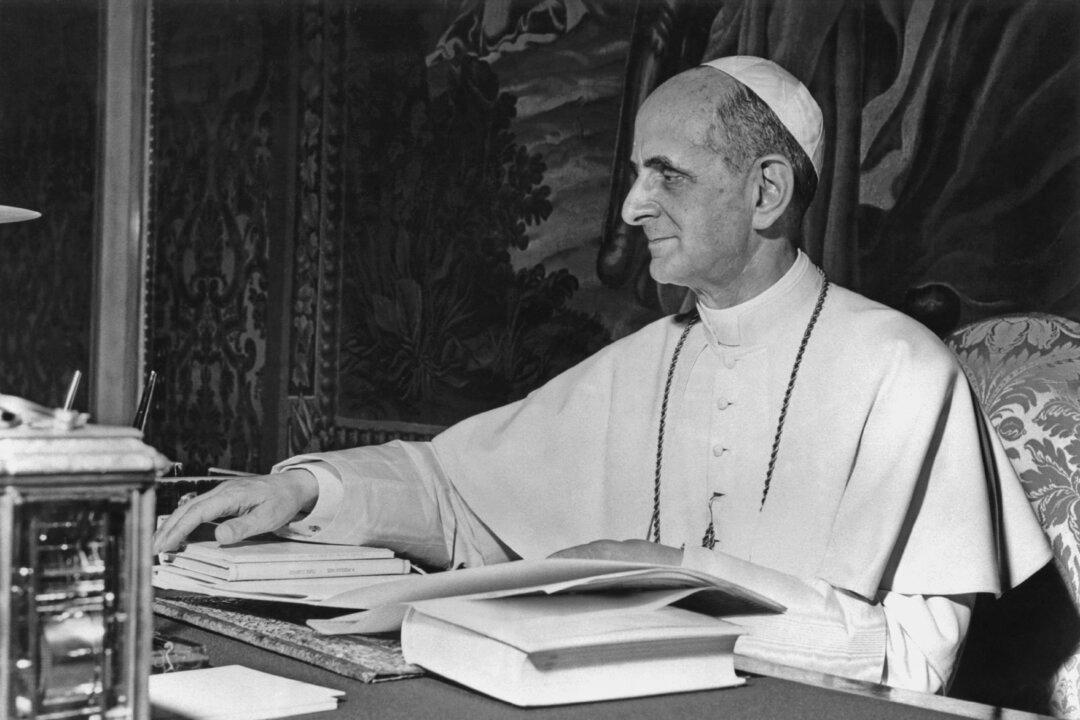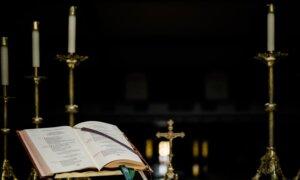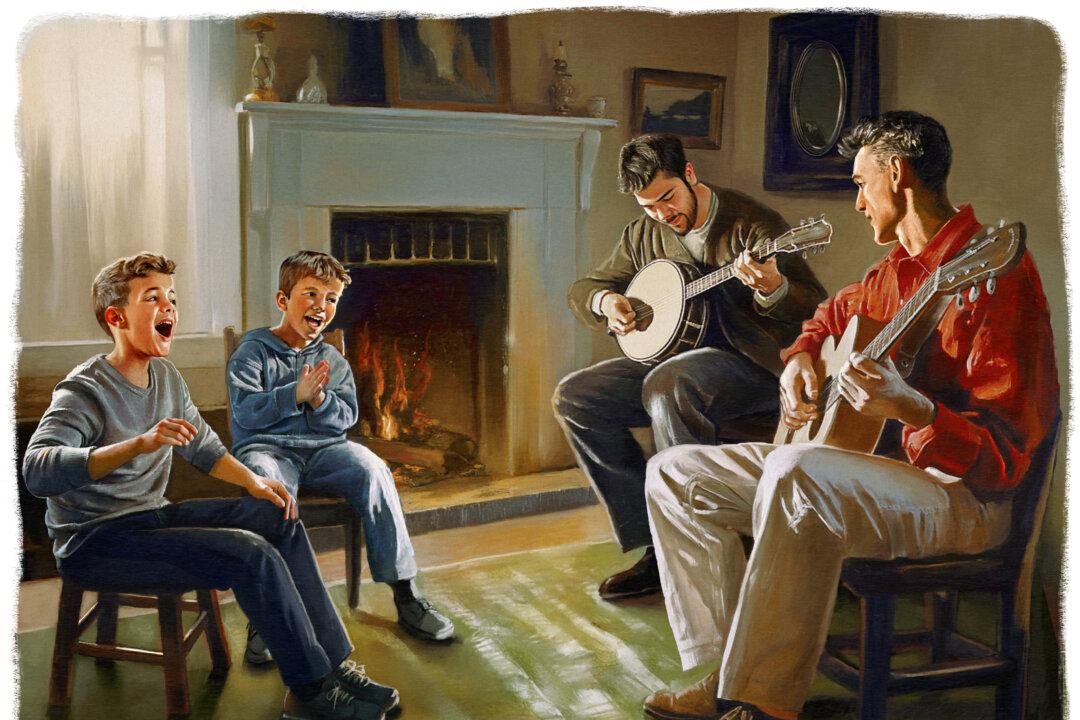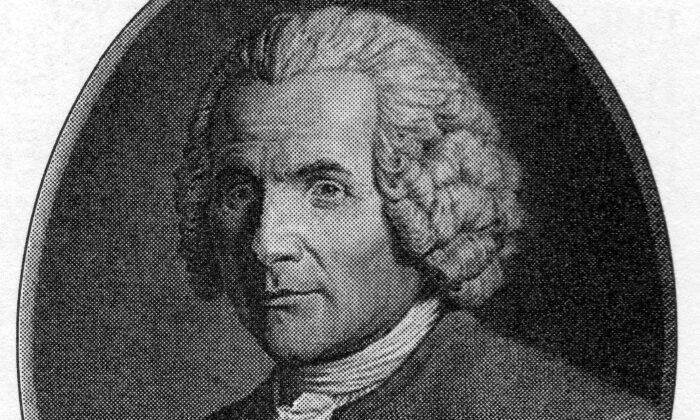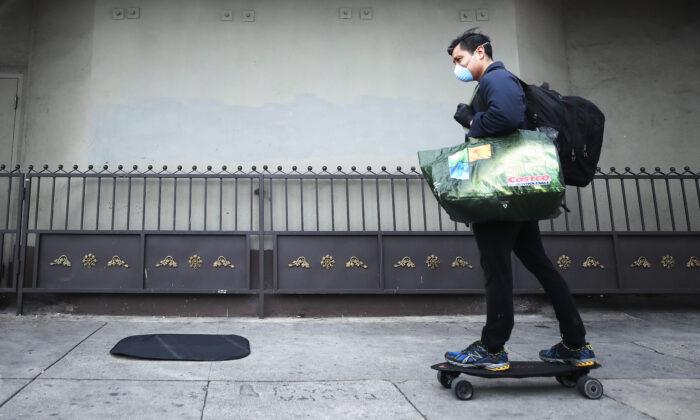Traditional Latin Mass (TLM) communities in America have seen growth of about 10 percent year over year since 2022, according to one priest who surveyed several TLM parishes across the United States. Many other parishes experience a 3 percent decrease yearly.
The story of the diocese of Oakland, Calif., on the one hand, and the parish of St. Vitus in Los Angeles are representative of what is happening in the Catholic Church at large right now, and it would behoove the newly elected Pope Leo XIV to pay attention to the traditionalist movement in the Church, a movement driven by young laypeople and young priests.
In 2022, Oakland Bishop Michael Barber commissioned a report to investigate solutions to the collapse of the faith in the diocese. This 73-page document details the lack of priests and lack of funds and discusses the possibility of parish closures, mergers, and clusters. Right now, Oakland is working on clustering parishes together under shared priests. This is happening in other cities, too.
However, because it continued to grow, coexistence became difficult. St. Vitus was soon able to purchase its own church, which its parishioners fixed up and beautified. Yet it quickly outgrew this space and, during COVID, “expanded” with the use of a large outdoor tent. Last year, the parish purchased a larger property north of the city, and yet even here, on an ordinary Tuesday, the Masses are standing-room only. For the Easter Vigil Mass at 8 p.m., one family arrived at 4:30 pm to get seats inside of the church. This is happening at many traditional Latin Mass parishes around the country.
The liturgical life of many traditional Latin Mass Catholics encompasses much more than church on Sundays. They honor saints with real feasts; seasonal festivities such as Christmas and Easter take place after an extended fast and last for a whole season, not just one day. Children often do not have cellphones until late high school or college. It is not uncommon for their homes to lack a television, or for it to be relegated to the basement for family movie night. These folks sometimes uproot and move or drive very long distances to celebrate the Latin Mass. They seem to live according to a pre-modern rhythm of life.
Young people are rebelling against a disenchanted world of materialism, nihilism, and depression. They yearn for re-enchantment, for beauty, and for the ancient form of worship that gives meaning and rest to restless souls.
Pope Leo XIV would do well to encourage this blossoming youth movement, and to remove the restrictions on it that his predecessor put in place. Wherever a Traditional Latin Mass is celebrated, a community grows around it. Within a couple of years, formerly dying parishes could be utterly revived.
